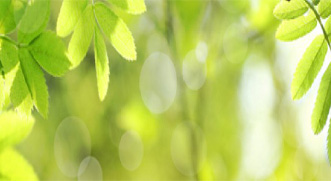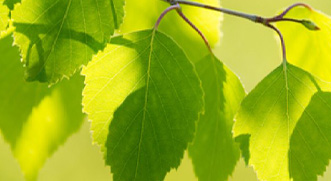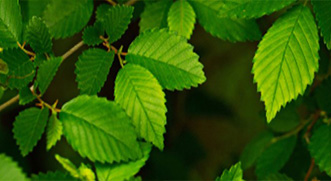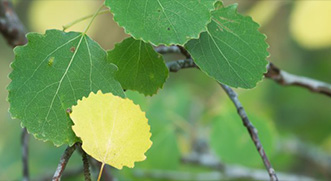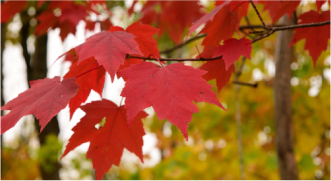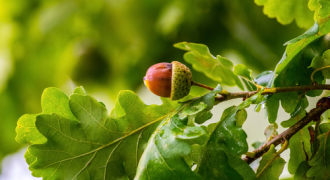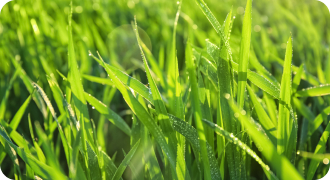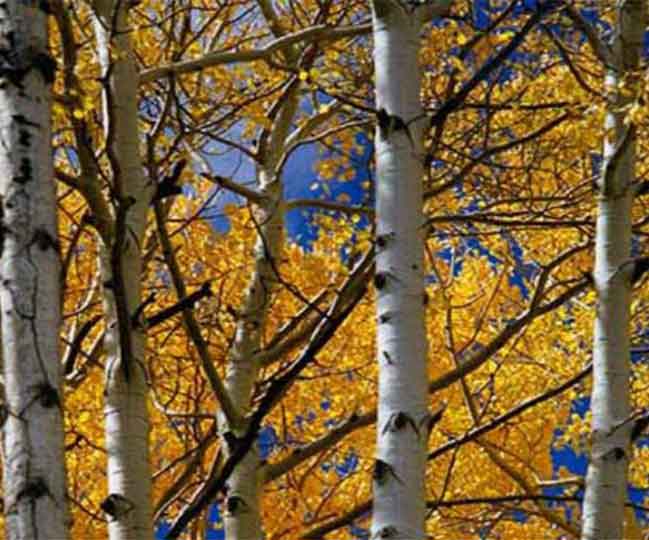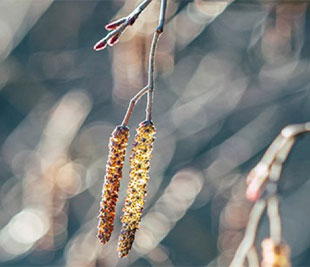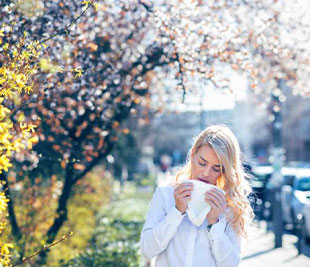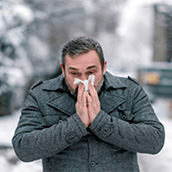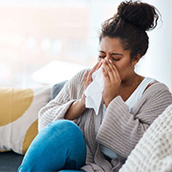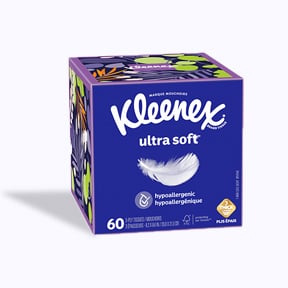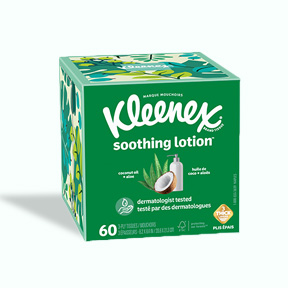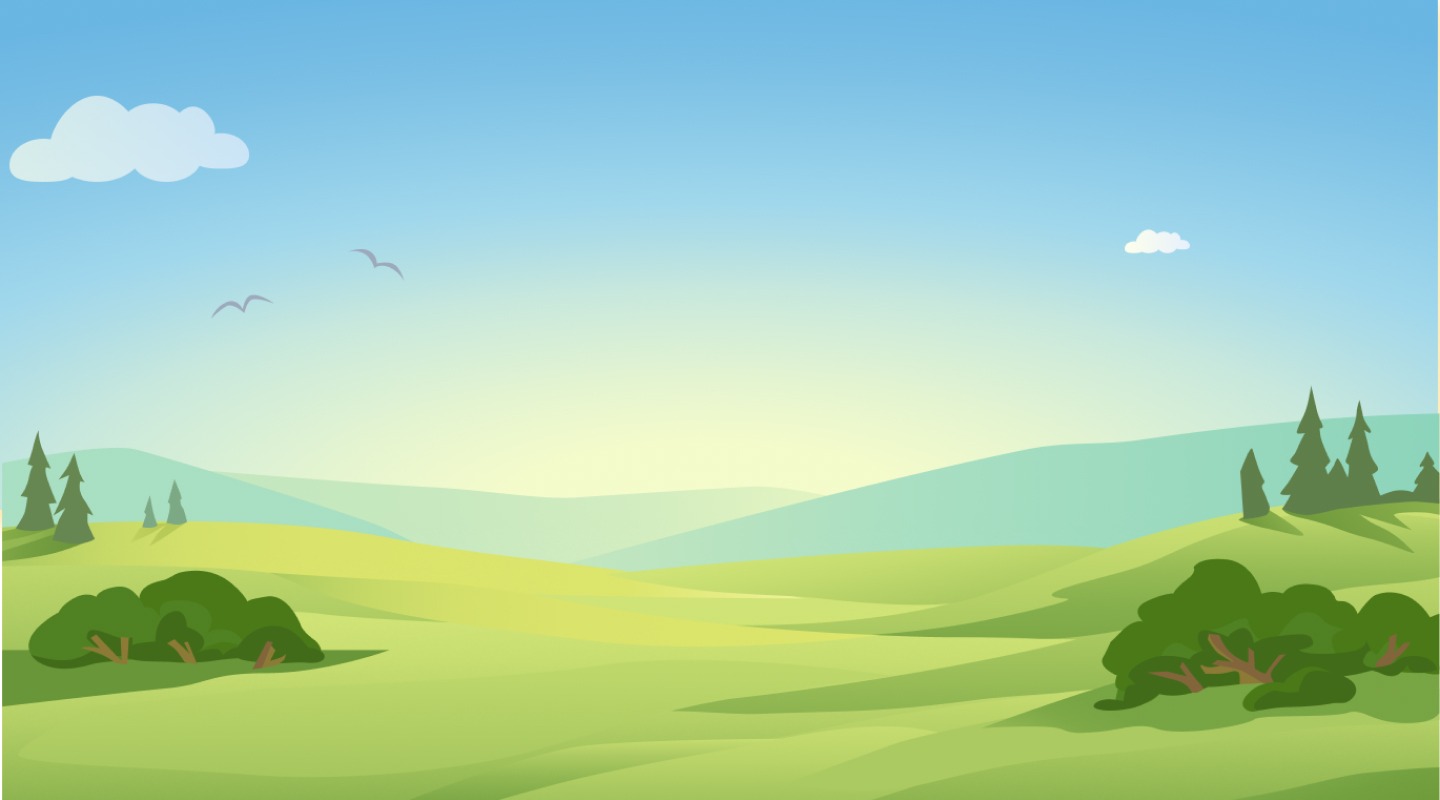


Click here to sign up for alerts
Tap here to sign up for alerts

The pollen forecast for your area
The weather forecast for your area
Discover our hay fever advice and more information about pollen in your area.

Get ahead of pollen with personalized alerts!
Sign up for pollen alertsPollen Count in Milton, Ontario
What is the pollen count in Milton today?
Check the pollen count today in Milton by entering your postal code into our tracker above. Look at the pollen levels in different areas to plan your day and make sure hay fever doesn’t spoil your plans.
Pollen forecast for Milton
Use our tracker to check the pollen count in Milton for the next few days. Great if you’re planning a stroll with friends or a hike around Hilton Falls Conservation area, but want to know how many tissues you need to bring along!
Pollen Month-by-Month in Milton
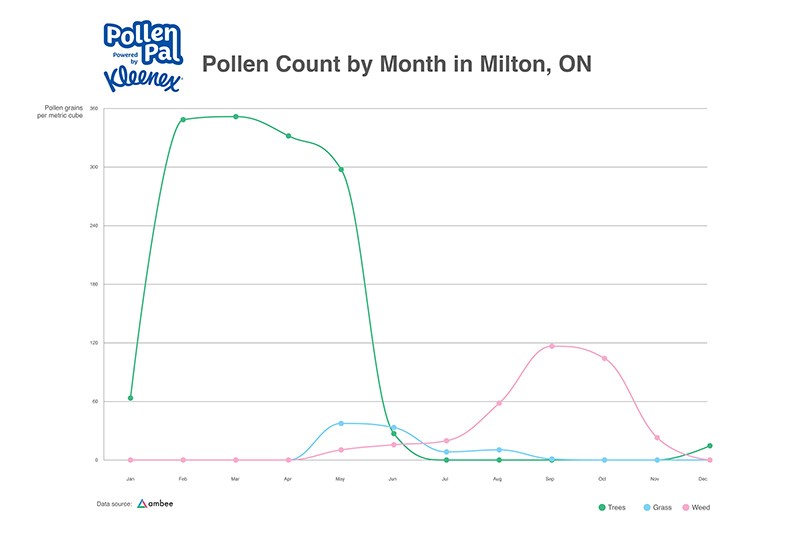
-
January
-
February
-
March
-
April
-
May
-
June
-
July
-
August
-
September
-
October
-
November
-
December
With snow covering most of Milton, this month has a low pollen count. In January most allergies are likely due to mold or pets. To distinguish the difference between hay fever and a winter cold check out our guide.
So long as the freezing temperatures continue in Milton, pollen seldom makes its presence felt this early in the year.
March welcomes spring and the beginning of tree pollen season with Cedars, Hazels, Alders, Elms, Maples, Willows, Poplars, Pines and Oaks, blooming.
April showers mark the beginning of grass pollen season with Kentucky grass becoming the first representative! Tree pollen remains the dominant pollen producer in Milton during April.
Kentucky, Bermuda, Johnson, orchard, and Timothy grasses spread their pollen evenly across Milton in May, along with Sycamore trees.
Within June, pines, birch and oaks are the primary producers of tree pollen, while sweet vernal joins the grass party adding pollen throughout Milton.
In July, grass pollen is peaking in Milton, while the majority of tree pollen production is coming to an end for another year.
The good news is that tree pollen production has peaked with the exception of a few late bloomers. For Milton, ragweed is now the dominant pollen producer, along with dock, nettle, mugwort and plantain.
Ragweed is on the decline in September which signals hay fever season is coming to an end. Take a deep breath of fresh air without causing any runny noses or itchy eyes – let’s hope the sun sticks around to enjoy!
With any luck, the last of the weed pollen is on its way out, although some ragweed or crab grass may hang around until the first frost of winter in Milton.
Enjoy the changing leaf colours without your eyes watering: November’s pollen count tends to be low.
December brings the first official day of winter in Milton, which means traditionally low levels of pollen for the next few months.
Top Causes of Pollen in Milton
Trees produce pollen in Milton from March until July. Milton’s most common tree allergens are Elm, Birch, Oak, and Poplar trees. Grass pollen is in the air from April until July as well, followed by weed pollen. Ragweed pollen is the dominant strain in Milton, beginning in August through September (or until cooler temperatures take over.)
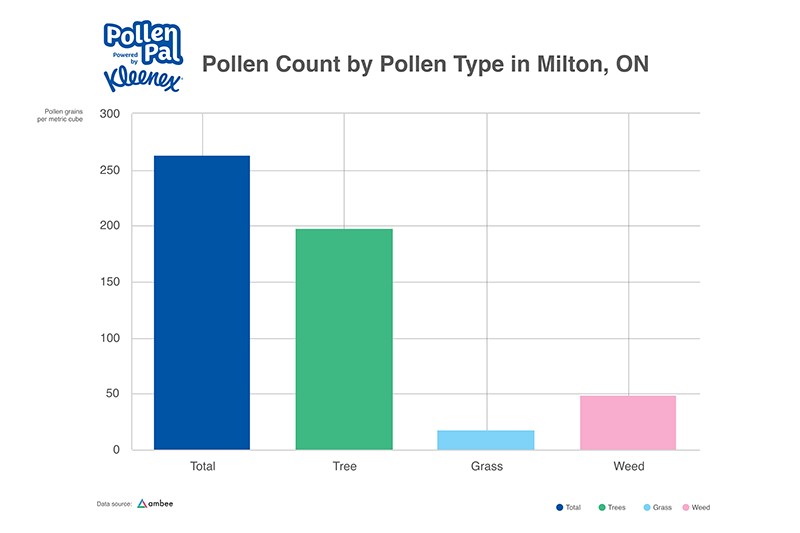
How to Stay Prepared for Milton’s Allergy Seasons
- Always have a package of Kleenex® Ultra On-the-Go 3-Ply Pocket Facial Tissues on hand to comfort your nose whenever seasonal allergies my strike.
- Wear sunglasses to stop pollen reaching your eyes to prevent watering.
- Wash your hands frequently while out and about to remove pollen.
- Apply petroleum jelly around your nostrils and upper lip to trap pollen1.
- Try wearing a highly protective comfortable mask to filter out pollen and other allergens in the air2.
- Wash off pollen by changing your clothes and showering upon returning indoors.
- Use nasal breathing exercises to naturally assist those using the standard nasal sprays3.
Pollen Hotspots in Milton
From Rattlesnake Point Conservation Area to Springridge Farm, many of Milton’s hottest attractions are also pollen hotspots. Hilton Falls Conservation Area, Mill Pond and Terre Bleu Lavender Farm all fall under that category.
Allergy Friendly Activities in Milton
We love to watch the seasons change at the likes of Mill Pond, especially when the tree pollen starts to retreat in the winter. But if you want to reduce the risk of itchy eyes and sniffly noses altogether, we have some great suggestions for hay fever-friendly activities in Milton.
Cultural Sites
- Milton Town Hall
- Milton Centre for the Arts
- Milton Public Library
- Lochland Botanicals
- Oakville Museum at Erchless Estate
Exercise
- Mattamy National Cycling Centre
- Milton Leisure Centre
- Skedaddle Kids Indoor Play Centre
- Halton Falls Conservation Area
- Silver Creek Conservation Area
- Bruce Trail
- Rattlesnake point Conservation Area
Sources:
Pollen Levels
The following table shows the risk level for each type of pollen derived by applying NAB guidelines to our data and taking percentile values from the extended season for each type of pollen.
Severity of pollen is dictated by the PPM number, which stands for Pollen Grains Per Cubic Metre. The weather and time of day can also be a big factor when it comes to how the pollen count can affect you. As pollen falls to the ground when the heat dissipates during the evening, this can mean your seasonal allergy symptoms get worse and is why many allergy sufferers have worse symptoms in the night. On rainy days, you’ll find your allergy symptoms are easier to manage as rain tends to wash pollen away.
- Low
- Moderate
- High
- Critical
Tree Pollen
- 0-95
- 96-207
- 208-703
- 704+
Weed Pollen
- 0-20
- 21-77
- 78-266
- 267+
Grass Pollen
- 0-29
- 30-60
- 61-341
- 342+
Types of Pollen
We’ve taken a closer look at the types of pollen out there to help you narrow down which ones will have you reaching for the tissues.
Show Allergy Season Who’s Boss
Looking for more info on seasonal allergies and symptoms? Check out our latest articles to help you put pollen allergies in their place.
Find Comfort From Allergies with Kleenex®
Seasonal or not, allergy symptoms can take a heavy toll on you. Let Kleenex® facial tissues help relieve some of those symptoms.
View all products
Frequently Asked Questions
- Local Pollen traps, where available.
- Weather data and other anthropogenic factors.
- Vegetation related data around your region.
A tree pollen level above 50 is considered high, while one to 10 is considered low. Be sure to check your local pollen count before venturing outside and plan accordingly.
 Get Pollen Alerts
Get Pollen Alerts
